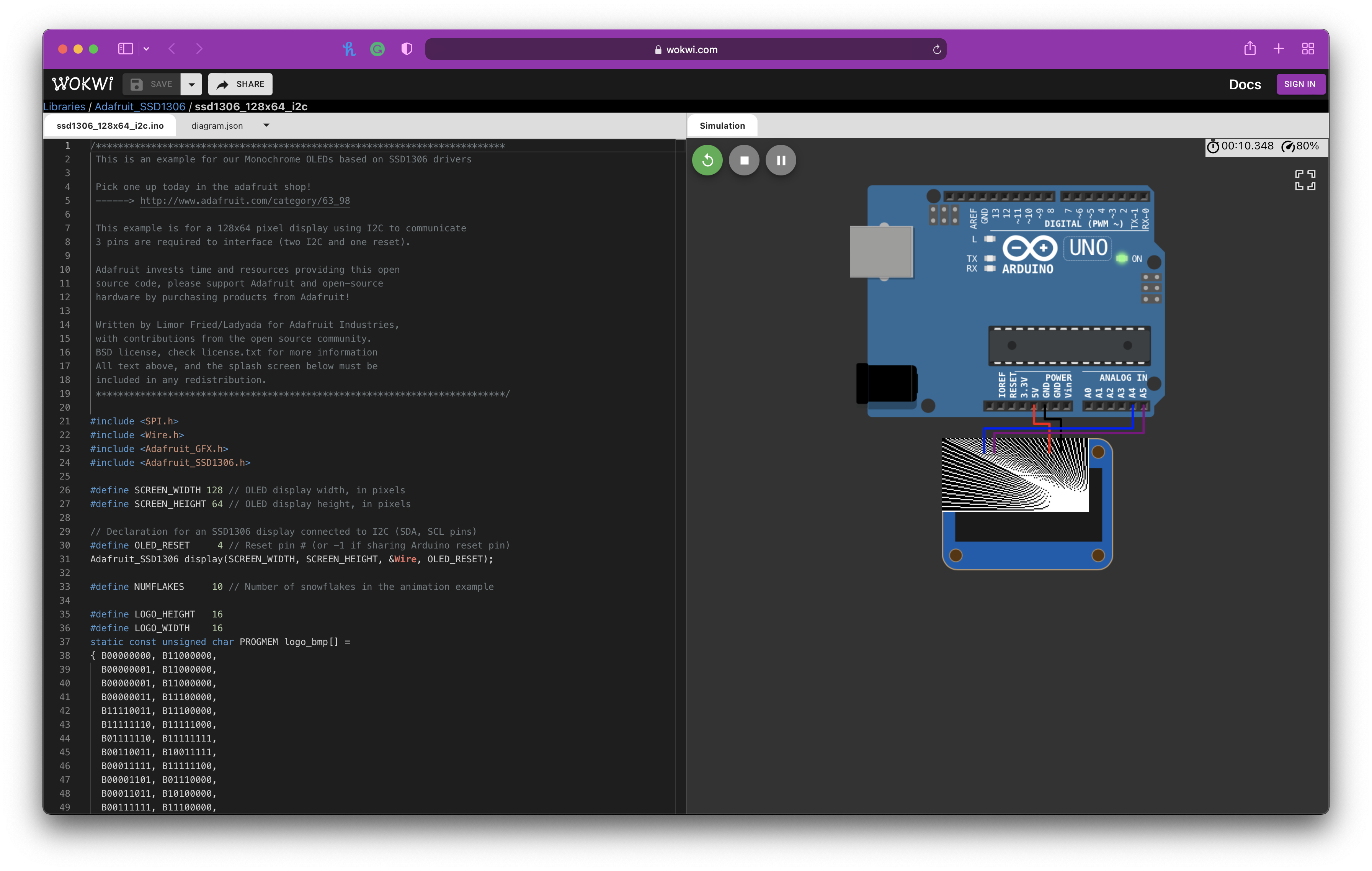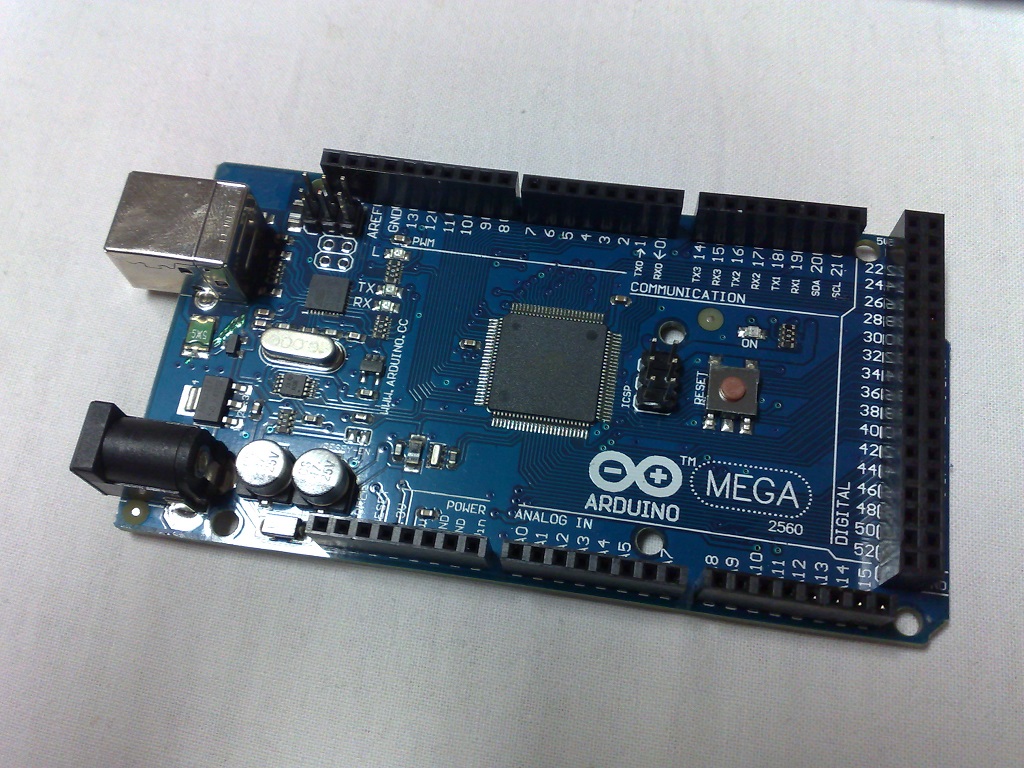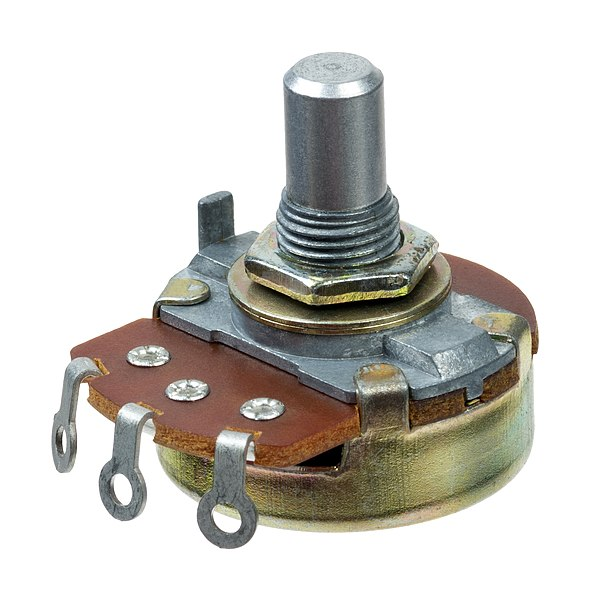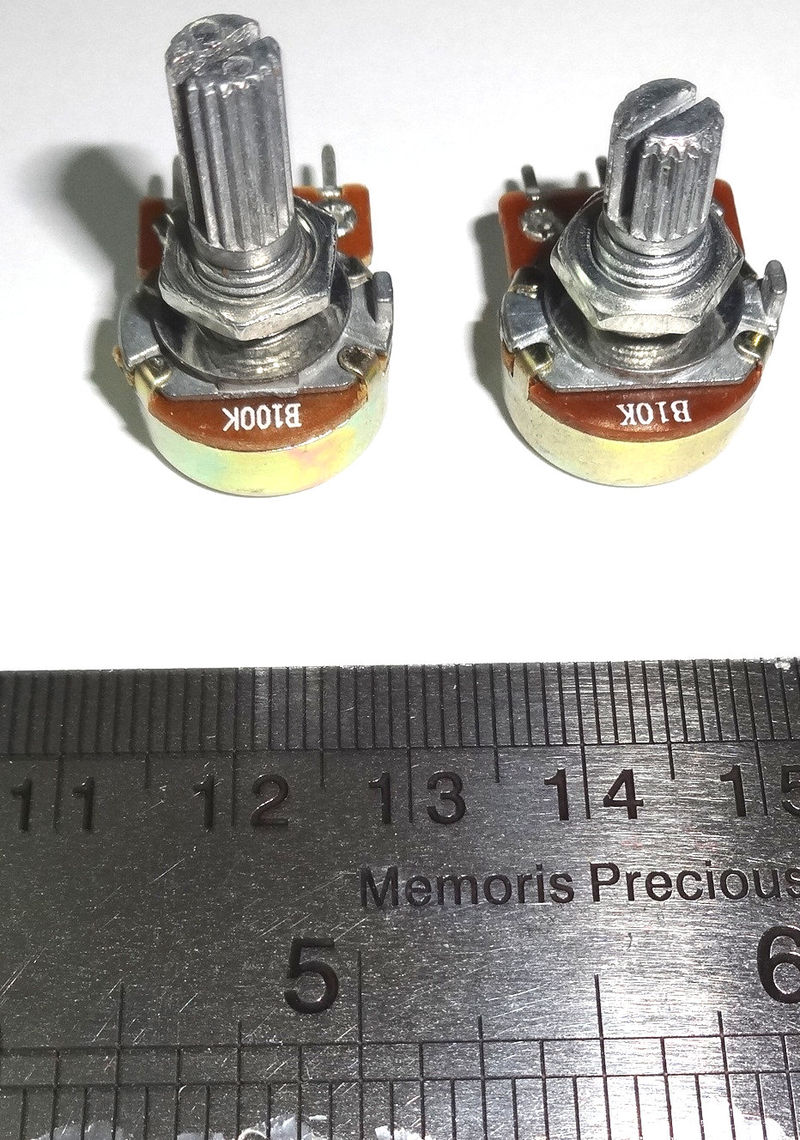Web Components for Arduino and various electronic parts.
Check out the component catalog.
Note: these elements only provide the presentation and display of the represented hardware. They do not provide the functional simulation code of the hardware. That is dependant on the application (simulator) that you wish to use these with, and thus up to you to create.
You can install the package with npm and then import it into your code:
import '@wokwi/elements';Alternatively, you can load the Wokwi Elements bundle from unpkg's CDN:
<script src="https://unpkg.com/@wokwi/[email protected]/dist/wokwi-elements.bundle.js"></script>Replace 0.48.3 with the latest version number. You can find a list of all the versions in the releases page.
To prepare for local development, clone this repo, and then install the dependencies:
npm install
Then start storybook:
npm run storybook
This will open a local dev server at http://localhost:6006, where you can interact with the elements and see your changes live, similar to https://elements.wokwi.com.
The easiest way to create a new element is to run the generator:
npm run new-element --name demo
This will generate a new element called demo. It will also
create a storybook file, so you will be able to see the new element
in storybook (see the "Local development" section above).
Note: updates the docstrings in the code will not be reflected in Storybook's Docs tab unless you restart Storybook, or run the following command manually and refresh the page:
npm run analyze-components
Check out the Contributing Guide for more details.
The Membrane keypad element live-coding tutorial walks through the complete process behind creating an element: research, drawing, and writing the code / stories.
- Recreating The Arduino Pushbutton Using SVG And <lit-element>
- Turning Arduino OLED Display into a Web Component
Wokwi Elements are released under the MIT license.


























:sharpen(1,0,false):quality(80)/product/54/7543/1.jpg?9633)



